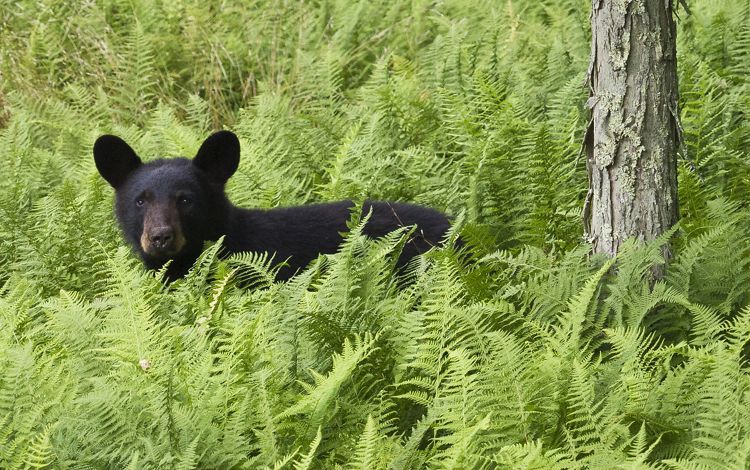Description
The Greenbrier Valley is known as one of West Virginia’s most beautiful landscapes. Here there are rolling farmlands, forested mountain slopes, small villages, and the Greenbrier itself, the longest free-flowing river in the state. Shale barrens found along tributaries of the Greenbrier are unique ecosystems—dry, almost desert-like habitats found only in the Central Appalachians.
Threats
Groundwater contamination threatens both cave life and human water supplies. Cave entrances have been filled with trash, some caves have been damaged by highways and building construction and entire caverns have been eaten away by quarries. Many of the shale barrens in this region are adjacent to roads and grazed areas, setting the stage for invasions by aggressive, non-native weeds, which frequently crowd out native plants. Roads, utility lines and construction continue to gnaw away at the seemingly “worthless” barrens.
Conservation Action
Working with partners from the local community and from caving organizations, the Conservancy hopes to advance research that will enhance our understanding of groundwater resources and ecological processes in this sensitive landscape. Our strategies will include working with partners and landowners to protect core parcels, cleaning polluted cave entrances and passages, addressing problems associated with non-native pests on the shale barrens, and creating a deeper public understanding of this landscape’s ecological values and conservation needs. We will also work closely with the Forest Service and private landowners to promote conservation action on National Forest and private lands.



